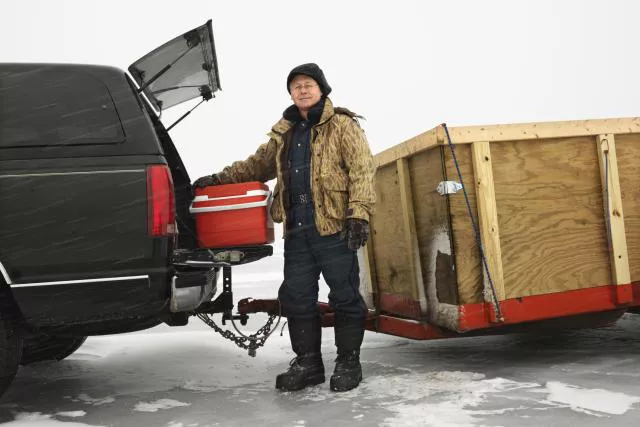Summary
Hitches are essential components for any RVer traveling the roads. If a hitch comes undone during a drive, the potential for damage and injury increases not just for you but for everyone on the road. Experiencing the panic that occurs when the hitch comes undone is something no driver wants to face. Therefore, it’s crucial to know how to securely hook up a trailer hitch to avoid disaster.
Warning: Before using this guide to hook up a trailer hitch, be aware that the steps may vary based on the hitch type. Always consult the manufacturer’s guidelines for the safest results.
Hooking Up a Trailer Hitch
Begin by backing up the towing vehicle until it is flush with your trailer. Lift the trailer tongue coupler enough so it clears the ball, which typically requires a trailer jack. Once lifted, adjust your towing vehicle to ensure the coupler aligns directly over the hitch ball.
After positioning your towing vehicle correctly, turn off the engine, engage the emergency brake, and head back to the hitch. Carefully push the coupler socket over the hitch ball until the weight of the RV rests on it. You will know it’s engaged when everything settles into place. Then, close the coupler clamp using a pin or lock, depending on the coupler type.
Securing a Trailer Hitch
Implementing safety chains is a fail-safe method when towing, and it is standard practice among RVers. Safety chains provide an additional layer of security, ensuring that if the hitch does come undone, you can safely make it to the side of the road without losing your trailer.
You can purchase a standard chain at any home improvement store or RV specialty shop. Depending on your hitch, select a chain length ranging from six to 15 feet for optimal securing.
When securing the chain, crisscross it over and under your trailer hitch, ensuring the cross occurs at the ball and hitch coupler, and secure it with locks. Afterwards, plug in and test all electrical connections associated with your trailer, checking if the lights and brakes are functional.
Pro Tip: Some states mandate that your trailer must have functioning tail lights. Verify the regulations in your area and consider investing in a light kit to remain compliant and avoid potential fines.
To confirm the security of your hitch, lower the trailer jack and check for any movement of the hitch ball. If it moves, the hitch is not secure; if it remains still, your trailer hitch is secure and ready to hit the road.
What to Do If a Trailer Hitch Comes Undone
Even with proper guidelines and securing methods, there is always a possibility of your hitch coming undone.
If you discover that your trailer hitch has come undone, instinctively you will know it. This scenario can occur due to various factors such as road conditions, poorly secured hitches, strong winds, or being struck by another vehicle. The key to addressing this situation is to remain calm.
Safely maneuver to the side of the road as quickly as possible. Slow down gradually, using your brakes wisely, and pull over while activating your hazard lights.
Avoid making abrupt stops or slamming on your brakes, as well as trying to continue as if nothing is wrong.
Upon stopping, be sure to engage your emergency brake. If your trailer has safety chains and begins to roll, you might have a moment to secure it back in position using your towing vehicle’s weight. From there, you can reattach the hitch, check for any issues, and continue your journey.
Properly hooking up your trailer hitch from the outset significantly minimizes the risk of it coming undone while traveling. Although it is not foolproof, employing safety chains as a safeguard is crucial for ensuring the safety of you, your trailer, and your family during your RV adventures.





